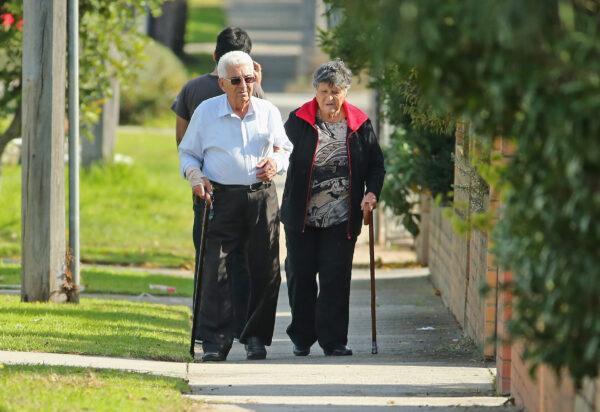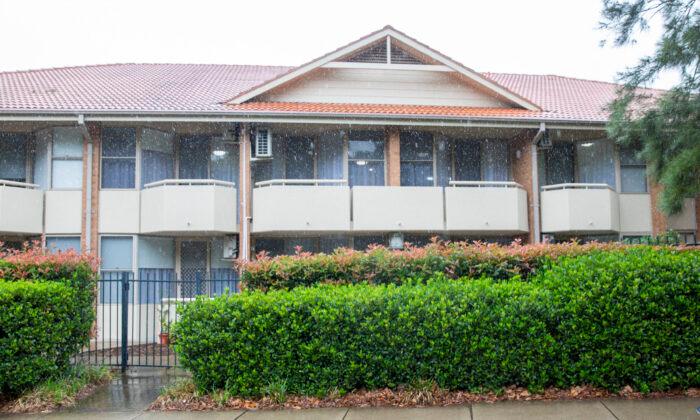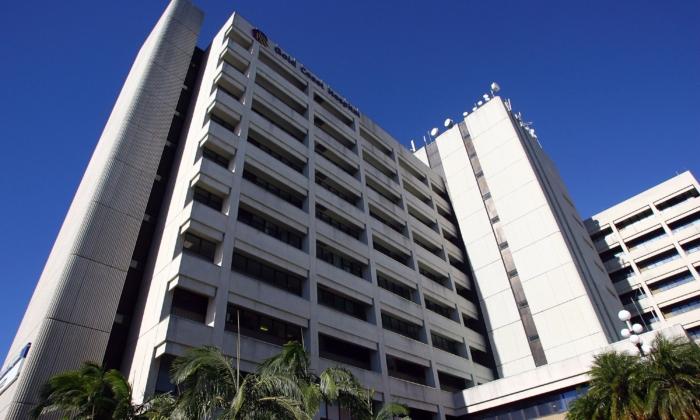Australia’s residential aged care and home care sector is operating at a loss with a recent survey finding that each bed is losing over $7,000 (US$4,700) per year—a loss in excess of $345 million for the September quarter.
This follows a 2022 population report that found Australia’s ageing population could pose a strain on the economy due to longer life expectancies, declining fertility rates, and a surge in baby boomers entering retirement.
According to a recent financial performance survey report by StewartBrown, which analyses records from 1,182 of Australia’s more than 2,500 nursing homes, the average loss for residential aged care homes in all geographic sectors during the September 2022 quarter was $21.29 per bed per day.
This is a significant increase (291.6 percent) from $7.30 the September 2021 quarter.
Of the $21.29, $13.90 (65.3 percent) came from accommodation, while the remaining $7.49 (34.7 percent) came from indirect care that includes hotel services such as catering/cleaning/laundry, utilities, administration costs.
“The aged care sector, including residential aged care and home care packages, continues to have a significantly declining financial performance,” the report, which was provided to The Epoch Times, said.
“Whilst much necessary focus has been directed toward important legislative and regulatory reforms, this has not transcended into improving the financial sustainability of the sector.”
Subsidies Provided by Federal Government
The federal government has introduced the Australian National Aged Care Classification (AN-ACC) funding model, which came into effect on Oct. 1, 2022.Under the scheme, the federal government “provides equitable” funding to government-funded residential aged care homes. The scheme also ensures that aged care homes can meet the costs of care for people in residential aged care.
But the StewartBrown report states that while the government’s funding model “may have a transition financial benefit” for additional care staffers’ minutes—which is not obligatory until Oct. 1, 2023—much of the benefit is “eroded” due to the starting price being insufficient at the commencement of the program.
Under the scheme, the AN-ACC price includes additional funding to increase average care minutes to 200 minutes per day.
Care minutes refers to the time that older Australians in aged care homes receive care from a registered or enrolled nurse and personal care workers.
The report also found that direct care minutes were tallied to average 185.33 minutes per day for staffers who worked for providers that supplied services to seven to 20 homes, while the minutes were slightly lower for providers who provide services for over 20 homes.
“Agency staffing alone represented a cost of $13.42 per bed day, an increase of $7.48 per bed day when compared to the September 2021 period,” the report states.
“As with residential aged care, staffing remains the most crucial concern, and this coupled with the current complicated regulatory environment has seen the financial performance declining with the current operating result being a surplus of $3.56 per client per day … a decline in revenue utilisation to 83.7 percent of available package funding and an increase in unspent funds to now average $11,693 for every care recipient (unspent funds are now in excess of an aggregate $2.4 billion).”
In a statement to The Epoch Times, a spokesperson for Anika Wells, the federal minister for aged care, said that funding for residential aged care will increase by 12 percent to $16.4 billion for 2022/2023.

“Significant reforms are underway which will drive structural change to funding of the residential aged care system, and improve the financial performance of the sector,” the spokesperson said.
“Under AN-ACC, average funding per resident is expected to be over $85,000—an increase of nearly 10 percent per resident.”
Additionally, in its submission to the Fair Work Commission, the federal government proposed a phased salary increase, with the first stage to fund a 10 percent increase starting in July 2023, with a further 5 percent increase from mid-2024.
Aged Care System a ‘Mess’
The report said that structural funding reforms were essential if the closure of homes and reduced service delivery were to be avoided.“A funding sustainability package also needs to be considered in the short-term to ensure current viability and allow for the necessary funding reforms to be properly implemented,” the report states.
Federal Labor Treasurer Jim Chalmers said Aged Care Minister Annika Wells and Health Minister Mark Butler were working to improve residential aged care.
“Aged care has been a mess for some time and what we’re trying to do in the Albanese government is to clean it up,” he told ABC Radio National on Jan. 6.
Opposition deputy leader Susan Ley said if homes lacked financial viability they would eventually close, and that Labor would be “abandoning our older Australians.”
“What happens if your aged care home closes? What happens to those frail and vulnerable Australians when there’s no other aged care residential facility to take them?” Ley told reporters.
“We’re calling for [a] plan that demonstrates this government will look after those people.”
Aged and Community Care Providers Association chief executive, Tom Symondson, told ABC radio on Jan. 6 that the number outlined in the report equated to an annual loss of $1.4 billion for the industry.
“Aged care has been under huge pressure for years—decades, in fact.”
Chalmers’ first budget in October set aside an extra $2.5 billion over the four years for aged care sector reforms, including better food for residents and increasing the on-site hours of registered nurses.
The Aged and Community Care Providers Association has been approached for comment.






Friends Read Free